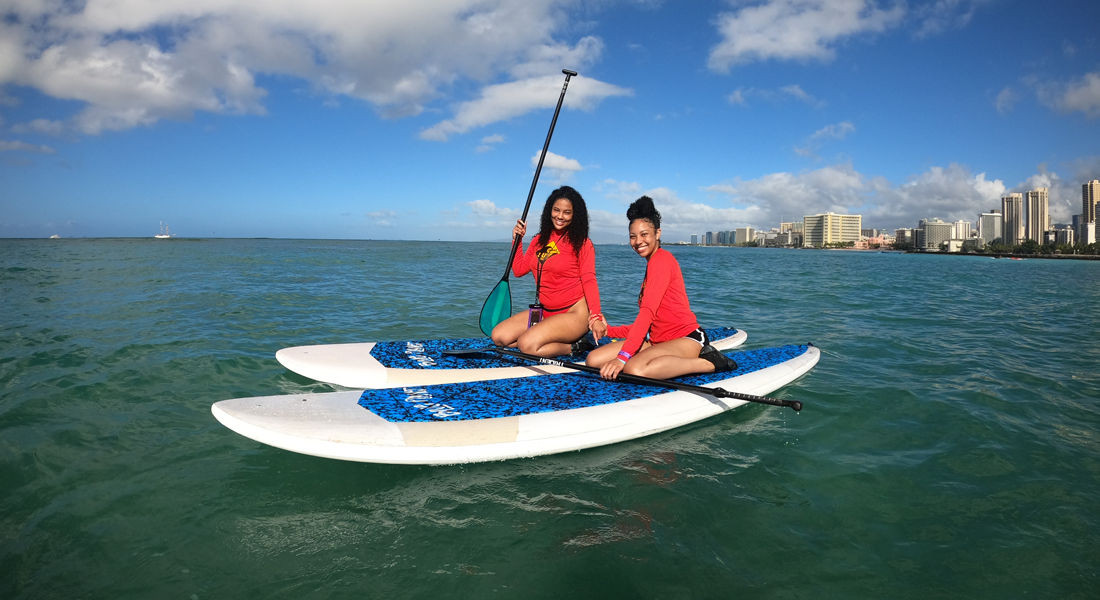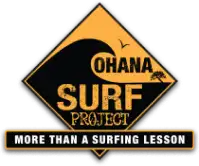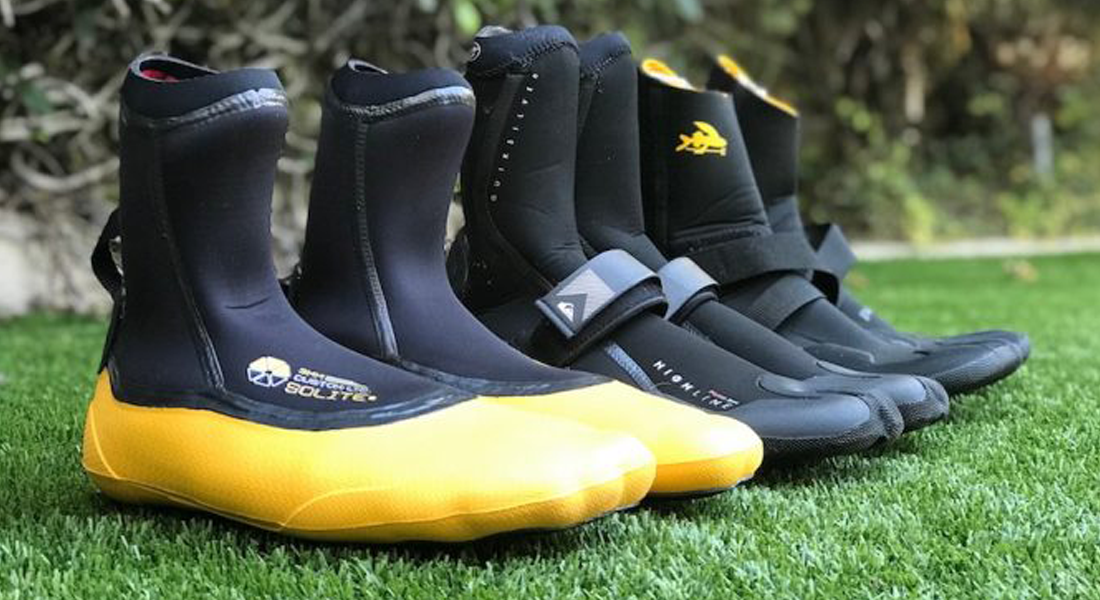
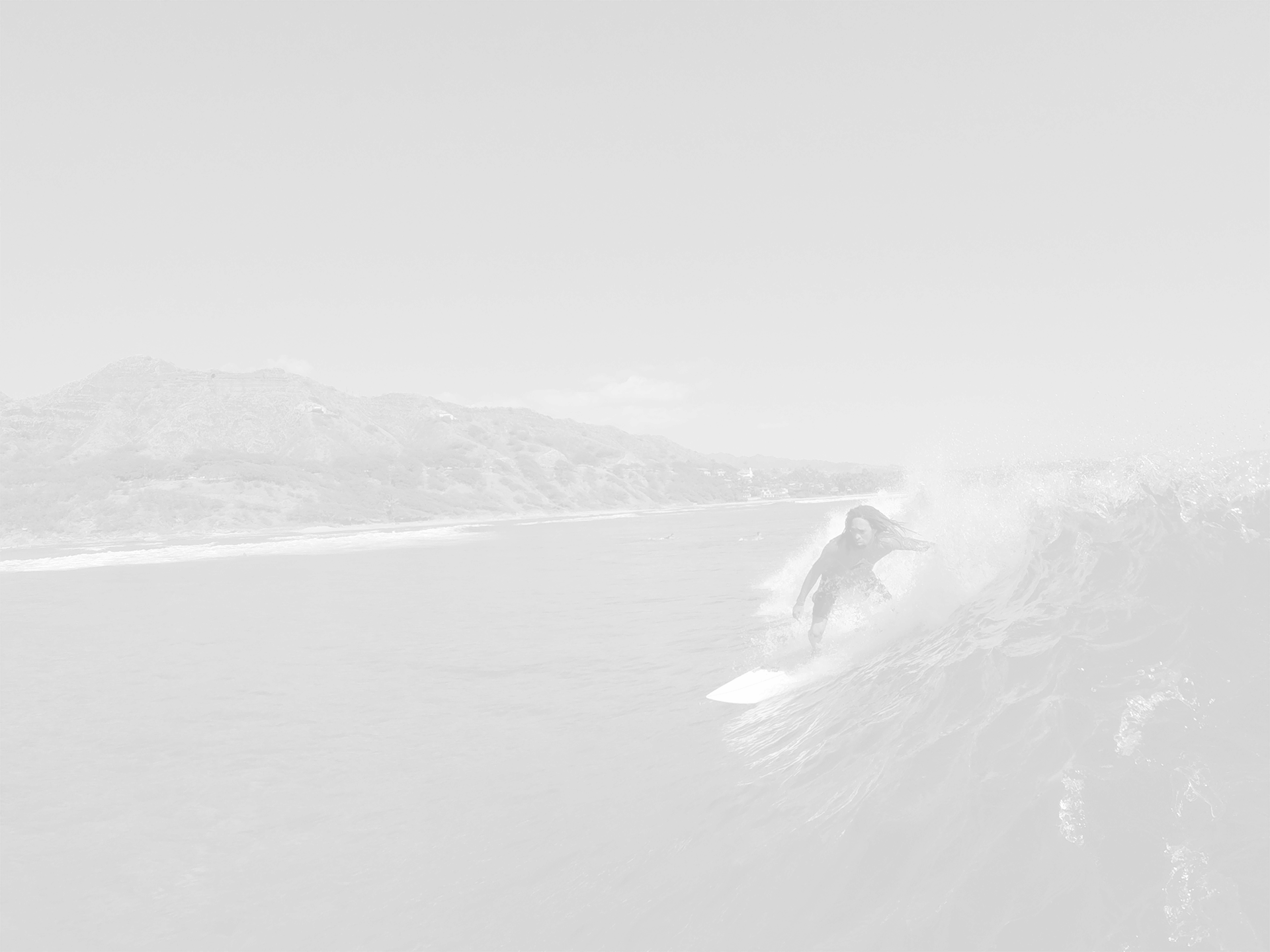
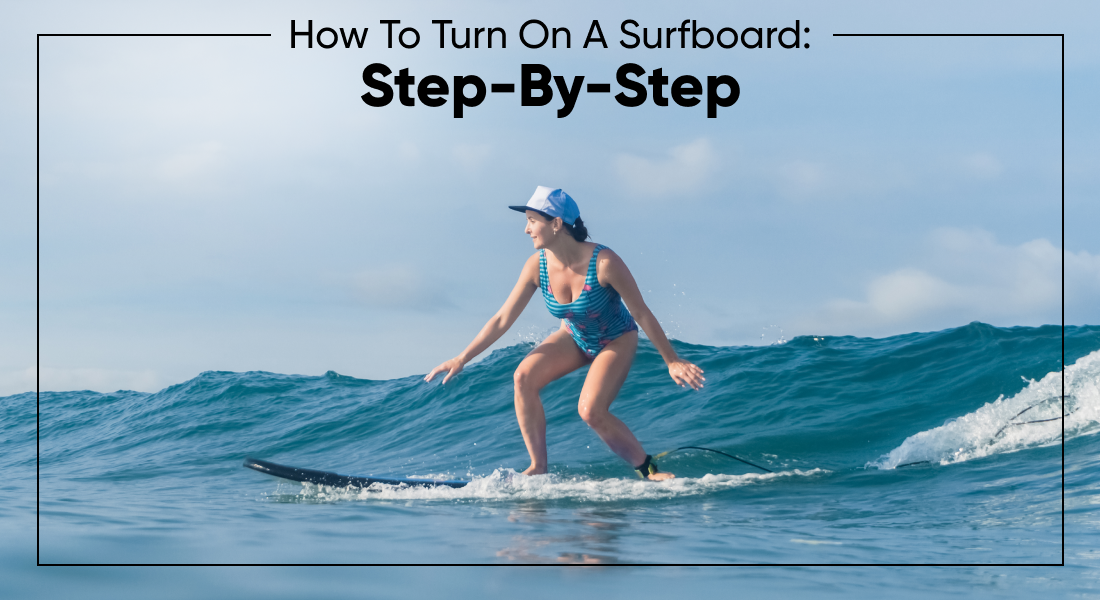

How To Turn On A Surfboard: Step-By-Step
Turning on a surfboard is a fundamental skill that every surfer needs to master. Whether you’re navigating a small wave or performing advanced maneuvers, knowing how to turn efficiently and effectively is crucial for improving your surfing performance. This step-by-step guide will help you understand the mechanics of how to turn on a surfboard and provide tips for refining your technique.
Understanding the Basics of Turning
Turns are essential for maneuvering on a wave, maintaining speed, and positioning yourself for the next section of the wave. Mastering different types of turns allows you to surf with more style and control. There are several types of turns in surfing, including bottom turns, top turns, cutbacks, and carves. Each turn has its specific technique and purpose, but the basic principles of weight distribution and body positioning apply to all.
How To Turn on A Surfboard
Position Yourself Correctly
Start by positioning your front foot near the center of the board. This position gives you better control and balance while initiating a turn. Ensure that your back foot is closer to the tail of the board, allowing for more precise steering.
Maintain a balanced stance with your knees slightly bent and your weight distributed evenly. This position provides the stability needed to execute a smooth turn. Keep your body centered over the board to avoid falling off during the maneuver.
Initiate the Turn
Before initiating a turn, look in the direction you want to go. Your head and shoulders naturally lead the way, so turning your gaze helps guide the rest of your body and board in the desired direction.
Shift your weight towards your back foot to begin the turn. This action engages the rail of the surfboard, creating the necessary angle to change direction. For a right turn (regular foot), shift weight to your right foot, and for a left turn (goofy foot), shift weight to your left foot.
Engage the Rail
To engage the rail, press down firmly with your back foot. This action helps the board carve into the wave, allowing for a tighter and more controlled turn. Apply pressure gradually to avoid oversteering or losing balance.
Use your front foot to guide the board through the turn. As you apply pressure with your back foot, your front foot should steer the board in the direction of the turn. Keep your weight centered to maintain control and balance.
Complete the Turn
Continue to follow through with your body and board. As you finish the turn, your shoulders and hips should align with the direction you are heading. This alignment ensures a smooth transition and helps maintain your momentum.
After completing the turn, readjust your stance if necessary. Ensure that your weight is evenly distributed and that you are prepared for the next maneuver or wave. A well-executed turn should leave you in a stable position, ready for the next move.
Learn More About Sean

Practice Different Types of Turns
- Bottom Turn
The bottom turn is performed at the base of the wave and sets up for the next maneuver. To execute a bottom turn, shift your weight back, engage the rail, and carve up towards the wave’s face. This turn helps generate speed and position you for further maneuvers.
- Top Turn
A top turn is executed at the top of the wave and involves turning back towards the wave’s face. To perform a top turn, approach the wave’s crest, shift your weight forward, and use your back foot to initiate the turn. This maneuver helps maintain speed and control while riding the wave.
- Cutback
A cutback involves turning back towards the breaking part of the wave to maintain speed and position. To execute a cutback, initiate the turn by pressing down with your back foot, then use your front foot to guide the board back towards the wave’s face. This maneuver is useful for staying in the power zone of the wave.
- Carve
A carve is a more aggressive turn that involves making a deep, smooth arc on the wave. To perform a carve, shift your weight to the back foot, engage the rail, and use your front foot to guide the board through a wide arc. This maneuver is great for generating speed and performing stylish turns.
Tips for Improving Your Turning Technique
- Practice in Different Conditions
Practice turning in various wave conditions to develop a versatile technique. Each type of wave presents different challenges, and practicing in diverse conditions will enhance your overall skill and adaptability.
- Work on Timing and Coordination
Timing and coordination are crucial for executing smooth turns. Focus on syncing your body movements with the wave’s energy and practicing your turns in a fluid, controlled manner.
- Seek Feedback
Ask experienced surfers or instructors for feedback on your turning technique. Constructive criticism can help you identify areas for improvement and refine your skills.
Mastering the Art of Turning
Turning on a surfboard is a fundamental skill that every surfer needs to master. Ohana Surf Project offers surf lessons that cover all the essential techniques, including how to execute effective turns. Our certified instructors provide step-by-step guidance, ensuring you understand the mechanics and develop the muscle memory needed for smooth, controlled turns.
Our surf lessons take place at the beautiful Waikiki Beach, where you’ll have the perfect environment to practice and refine your turning skills. Whether you’re learning the basics or looking to improve your advanced maneuvers, our instructors tailor each lesson to your skill level and goals.
In addition to surf lessons, Ohana Surf Project provides surfboard rentals for those who want to practice independently. Our range of boards includes options for all skill levels, ensuring you have the right equipment to enhance your turning techniques. With affordable rental rates and flexible options, you can choose the duration that best fits your schedule.
Improve your turning skills and overall surfing performance with Ohana Surf Project. Our expert instruction and high-quality equipment will help you gain confidence and enjoy your time on the waves to the fullest.
OTHER OSP BLOGS

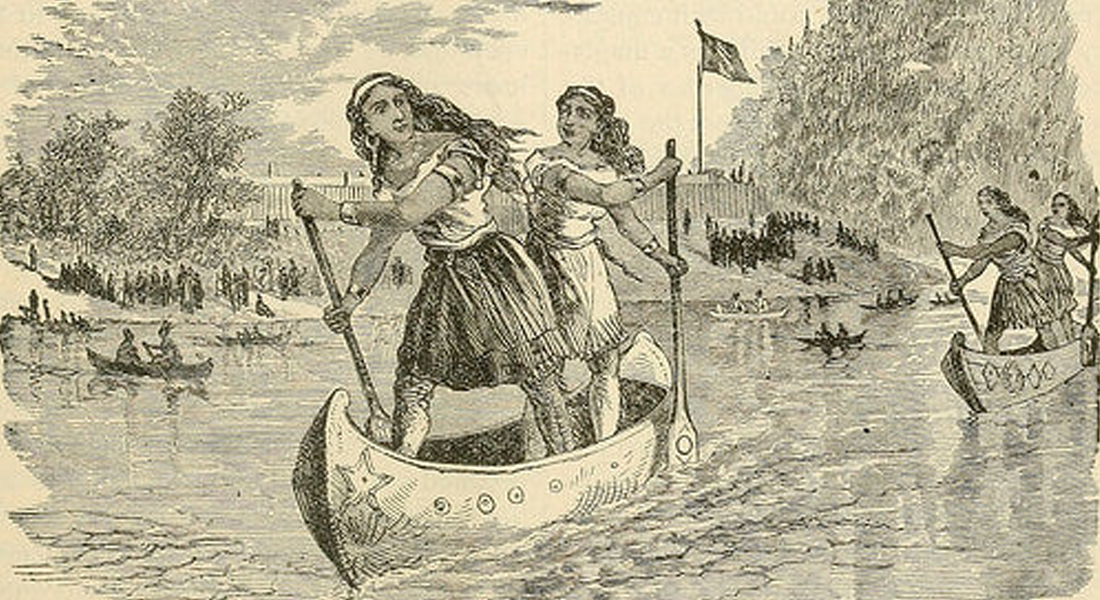
The History Of Stand Up Paddle Boarding
The history of stand up paddle boarding (SUP) is rich and fascinating–stretching across centuries and cultures. From ancient Polynesian traditions to the modern-day fitness craze, SUP has evolved into a[...]